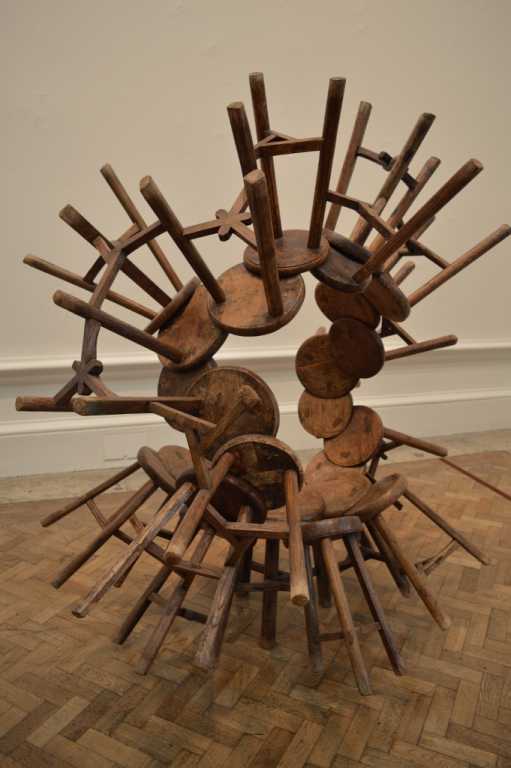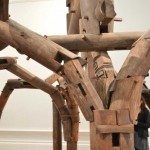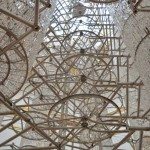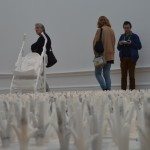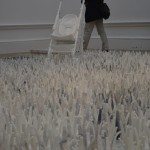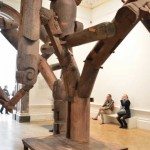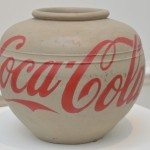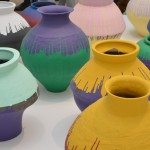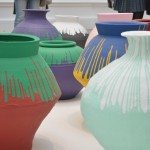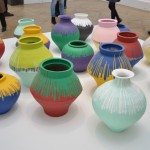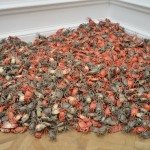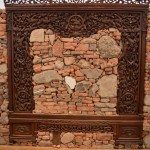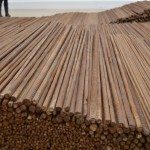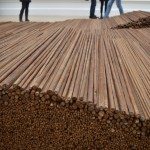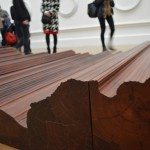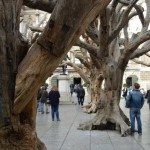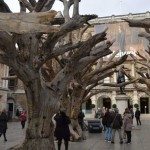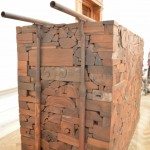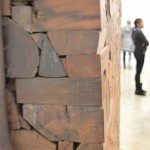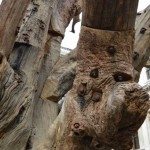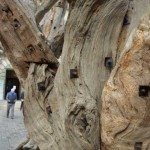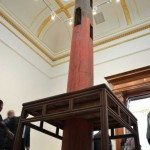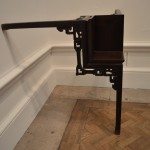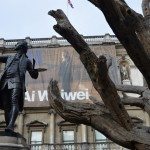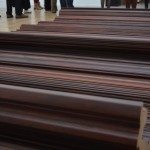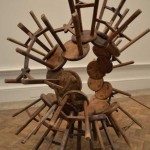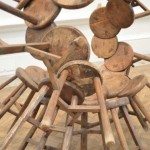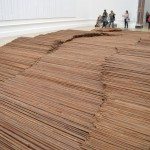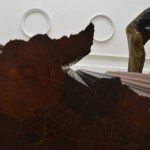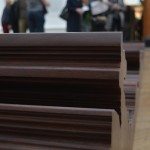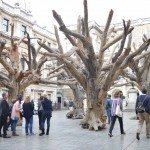Barnaby Martin in his autobiography of Ai Weiwei, The Hanging Man, has this introduction…
‘In October 2010, Ai Weiwei’s Sunflower Seeds appeared in the Turbine Hall in the Tate Modern. In April 2011, he was arrested and held for over two months in terrible conditions. The most famous living Chinese artist and activist, Weiwei is a figure of extraordinary talent, courage and integrity. From the beginning of his career, he has spoken out against the world’s most powerful totalitarian regime, in part by creating some of the most beautiful and mysterious art works of our age, works which have touched millions around the world.’
…I couldn’t find any better words to describe the importance of Ai Weiwei and his impact on modern culture.
The BBC’s Imagine programme broadcast in April 2010, before the opening of Sunflower Seeds, first introduced me to Weiwei’s work and I kicked myself for never getting to the Turbine Hall to see it for myself when he was arrested just 12 months later.
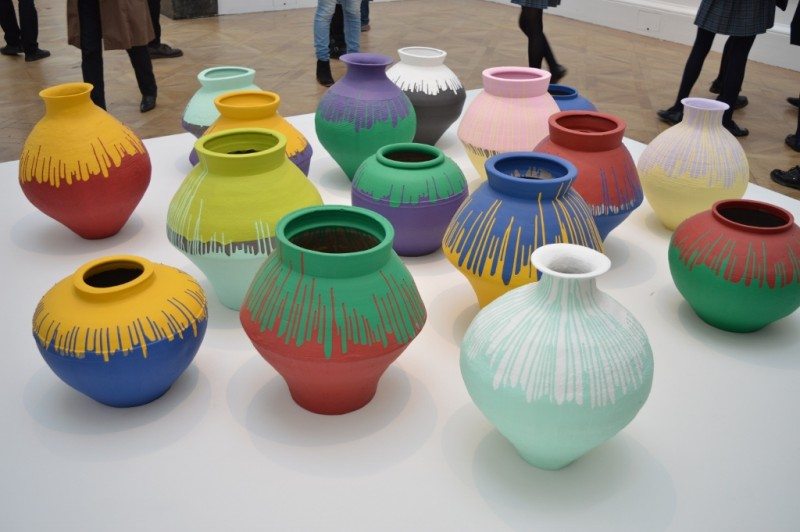
Coloured Vases, 2015
Ai Weiwei’s current exhibition has now moved from Blenheim Palace in Oxfordshire to its new home at the Royal Academy of Arts in Mayfair, London.
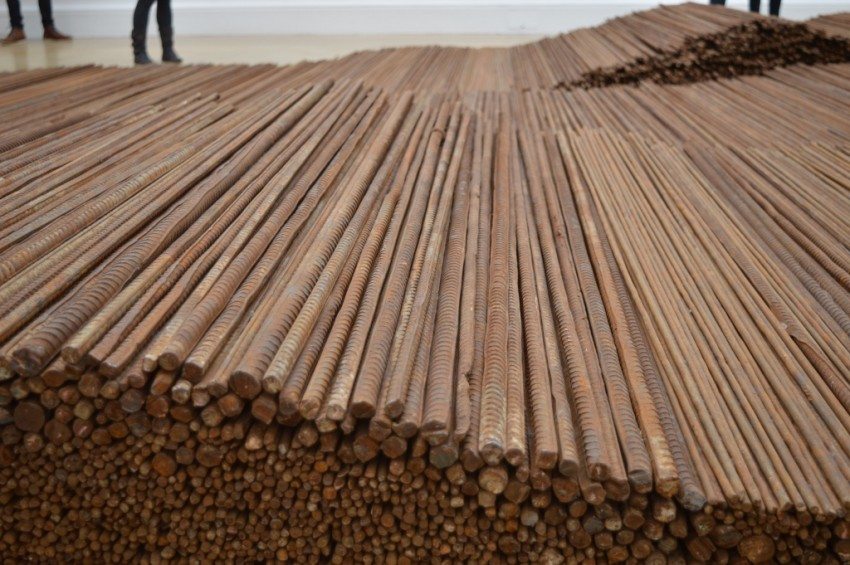
Straight uses 90 tonnes of rebar, or steel rods, used from remnants of buildings crushed by the Sichuan earthquake.
This is the first major institutional survey of his work ever held in the UK and it bridges over two decades of his extraordinary career. – RA
The exhibition brings together a number of Weiwei’s most famous artworks; some turn the everyday object in to a pure piece of aesthetics; some challenge our preconceived ideas of value; and others explore China’s long landscape and ironically symbolise the freedom of expression and movement across the country.
Tickets include a multimedia guide and contain just-enough information about the artworks, comments from curator, Adrian Locke, explanation from Weiwei himself and behind the scenes footage of some of the installations which add extra layers of understanding. As we moved through the exhibits over a couple of hours it was exciting to see a mixture of ages and personalities, from school groups to hard core art lovers, provoked by the exhibition – and I think that’s what makes Weiwei’s work special – its accessibility.
What should I know in advance (other than reading this ‘ai wei wei royal academy of arts review’:
- The exhibition runs until 13th December, booking ahead is strongly advised.
- And adult ticket is £17.
- https://www.royalacademy.org.uk/exhibition/ai-weiwei
- Allow yourself at least 2 hours to truly enjoy the whole exhibition.

